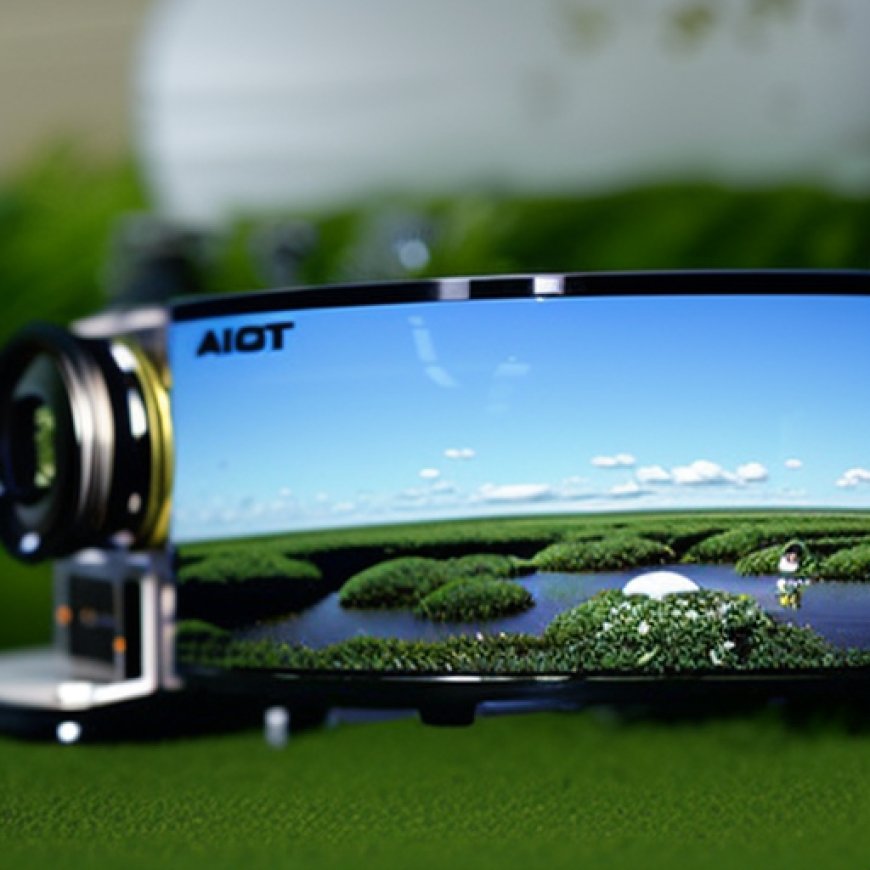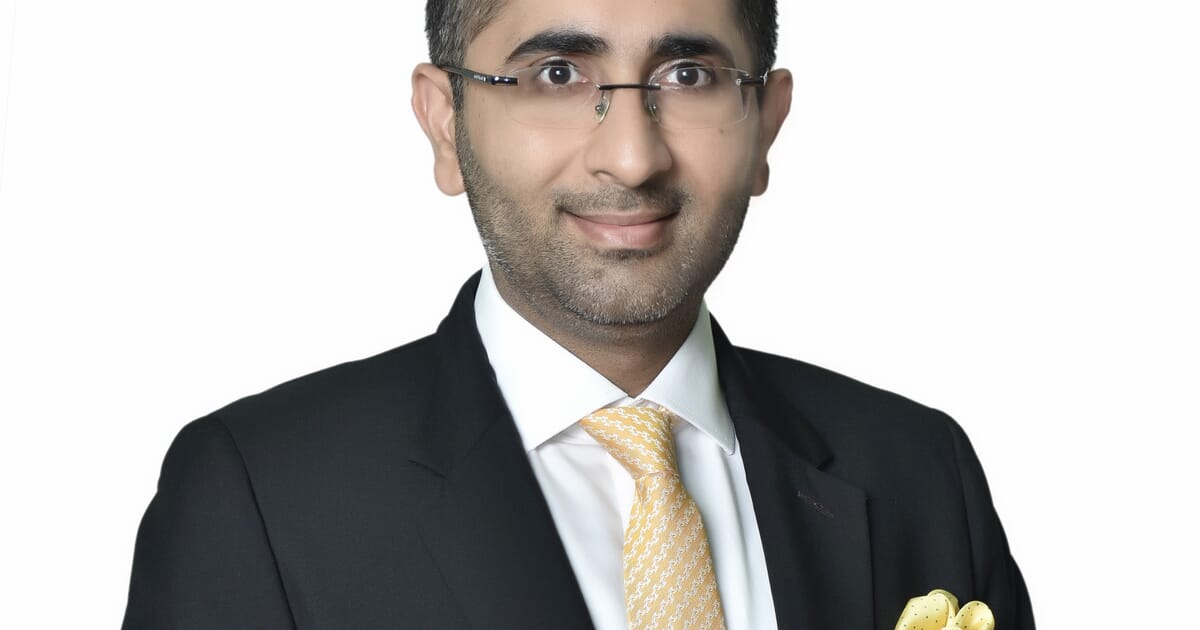Aquatech startup announces new chief
Aquatech startup announces new chief The Fish Site


Ocean Harvest Announces New CEO and Development of Commercial-Scale Land-Based Salmon Farm

Ocean Harvest has recently appointed Jawad Jamil as its new CEO, coinciding with the company’s development of the first commercial-scale land-based salmon farm in the United Arab Emirates.
Emphasis on Sustainable Development Goals
Jamil expressed his honor in becoming the CEO of Ocean Harvest and highlighted the company’s commitment to aligning its mission with the Sustainable Development Goals (SDGs) set by the UAE Government. He emphasized the importance of Ocean Harvest’s role in showcasing innovative aqua-tech solutions that promote food security, environmental sustainability, and climate action.
Revolutionizing Aquaculture with RAS Technology
Ocean Harvest specializes in designing, building, and operating high-tech indoor fish farms that utilize recirculating aquaculture system (RAS) technology. This technology enables local and continuous production of Atlantic salmon and other salmonids.
Addressing Food Security Challenges in the Gulf Region
By integrating proven RAS technology with advanced wastewater treatment systems, Ocean Harvest is actively working to solve the Gulf region’s food security challenges. Their innovative growing system for salmon not only enables year-round production of Atlantic Salmon but also contributes to water conservation and a more sustainable global food system.
Building a World-Class Team
Sky Kurtz, a board member and investor at Ocean Harvest, emphasized the importance of experienced and capable leadership for the success of any venture. With the appointment of an ambitious CEO, Ocean Harvest has assembled a world-class team and advisory board with the right mix of skills, competencies, experiences, and character to realize their shared vision of democratizing access to high-quality, sustainably-grown fish.
SDGs, Targets, and Indicators
| SDGs | Targets | Indicators |
|---|---|---|
| SDG 2: Zero Hunger | Target 2.4: By 2030, ensure sustainable food production systems and implement resilient agricultural practices that increase productivity and production, that help maintain ecosystems, that strengthen capacity for adaptation to climate change, extreme weather, drought, flooding and other disasters, and that progressively improve land and soil quality. | Indicator 2.4.1: Proportion of agricultural area under productive and sustainable agriculture |
| SDG 6: Clean Water and Sanitation | Target 6.3: By 2030, improve water quality by reducing pollution, eliminating dumping and minimizing release of hazardous chemicals and materials, halving the proportion of untreated wastewater and substantially increasing recycling and safe reuse globally. | Indicator 6.3.1: Proportion of wastewater safely treated |
| SDG 12: Responsible Consumption and Production | Target 12.3: By 2030, halve per capita global food waste at the retail and consumer levels and reduce food losses along production and supply chains, including post-harvest losses. | Indicator 12.3.1: Food loss index |
| SDG 13: Climate Action | Target 13.2: Integrate climate change measures into national policies, strategies and planning. | Indicator 13.2.1: Number of countries that have communicated the strengthening of institutional, systemic and individual capacity-building to implement adaptation, mitigation and technology transfer, and development actions |
1. Which SDGs are addressed or connected to the issues highlighted in the article?
- SDG 2: Zero Hunger
- SDG 6: Clean Water and Sanitation
- SDG 12: Responsible Consumption and Production
- SDG 13: Climate Action
2. What specific targets under those SDGs can be identified based on the article’s content?
- Target 2.4: By 2030, ensure sustainable food production systems and implement resilient agricultural practices that increase productivity and production, that help maintain ecosystems, that strengthen capacity for adaptation to climate change, extreme weather, drought, flooding and other disasters, and that progressively improve land and soil quality.
- Target 6.3: By 2030, improve water quality by reducing pollution, eliminating dumping and minimizing release of hazardous chemicals and materials, halving the proportion of untreated wastewater and substantially increasing recycling and safe reuse globally.
- Target 12.3: By 2030, halve per capita global food waste at the retail and consumer levels and reduce food losses along production and supply chains, including post-harvest losses.
- Target 13.2: Integrate climate change measures into national policies, strategies and planning.
3. Are there any indicators mentioned or implied in the article that can be used to measure progress towards the identified targets?
- Indicator 2.4.1: Proportion of agricultural area under productive and sustainable agriculture
- Indicator 6.3.1: Proportion of wastewater safely treated
- Indicator 12.3.1: Food loss index
- Indicator 13.2.1: Number of countries that have communicated the strengthening of institutional, systemic and individual capacity-building to implement adaptation, mitigation and technology transfer, and development actions
4. SDGs, Targets, and Indicators
| SDGs | Targets | Indicators |
|---|---|---|
| SDG 2: Zero Hunger | Target 2.4: By 2030, ensure sustainable food production systems and implement resilient agricultural practices that increase productivity and production, that help maintain ecosystems, that strengthen capacity for adaptation to climate change, extreme weather, drought, flooding and other disasters, and that progressively improve land and soil quality. | Indicator 2.4.1: Proportion of agricultural area under productive and sustainable agriculture |
| SDG 6: Clean Water and Sanitation | Target 6.3: By 2030, improve water quality by reducing pollution, eliminating dumping and minimizing release of hazardous chemicals and materials, halving the proportion of untreated wastewater and substantially increasing recycling and safe reuse globally. | Indicator 6.3.1: Proportion of wastewater safely treated |
| SDG 12: Responsible Consumption and Production | Target 12.3: By 2030, halve per capita global food waste at the retail and consumer levels and reduce food losses along production and supply chains, including post-harvest losses. | Indicator 12.3.1: Food loss index |
| SDG 13: Climate Action | Target 13.2: Integrate climate change measures into national policies, strategies and planning. | Indicator 13.2.1: Number of countries that have communicated the strengthening of institutional, systemic and individual capacity-building to implement adaptation, mitigation and technology transfer, and development actions |
Behold! This splendid article springs forth from the wellspring of knowledge, shaped by a wondrous proprietary AI technology that delved into a vast ocean of data, illuminating the path towards the Sustainable Development Goals. Remember that all rights are reserved by SDG Investors LLC, empowering us to champion progress together.
Source: thefishsite.com

Join us, as fellow seekers of change, on a transformative journey at https://sdgtalks.ai/welcome, where you can become a member and actively contribute to shaping a brighter future.







